Have you ever had the arch of your foot cramp up as you gracefully point your toes in Pilates class or your calf cramp up in the middle of a run? Most likely we’ve all experienced a muscle cramp (or “charley horse”) at some time and know just how painful one can be! Muscle spasms and cramps are more common in the summer because your body loses electrolytes and minerals as you sweat. With a few precautions though, you can enjoy active fun in the sun, hot yoga class or a toe pointing Pilates class without the agony of a sudden cramp.
The Difference Between a Muscle Cramp and a Spasm
Muscle cramps commonly involve the skeletal muscles, or those we have voluntary control over. When the fibers of a muscle involuntarily contract a spasm occurs. If only a few fibers contract and the spasms are short lived, just a twinge or twitch, you’ve lucked out. However, when the spasm is strong and prolonged you’re experiencing a muscle cramp. A cramp is defined as an involuntary, forcibly contracted muscle that does not relax. The pain can be abrupt and intense in the involved muscle with visible hardening or a knot when palpated.
Common Sites and Causes
The most common sites of muscle cramps seem to be the calf, thigh and arch of the foot. There are different theories on the cause of muscle cramps, but the exact reason why a cramp develops is uncertain. It is generally agreed that an over firing of the nerves that stimulate the muscles are the primary cause of “true” cramps.
Factors that may lead to muscle cramping include muscle fatigue, lack of flexibility, exercising in the heat and imbalances of the electrolytes in the blood. A diet lacking in minerals such as potassium, calcium and magnesium also may contribute to spasms and cramps. Vigorous exercise and repetitive movements can result in cramping during the activity or even much later. An injury or sudden blunt trauma to the muscle, such as getting hit with a baseball, can cause a persistent muscle spasm. Holding a position for a prolonged time can cause muscle fatigue and cramping. Muscle cramps may occur at rest or during the night when the muscle is shortened by sleeping in an awkward position. Simply lying with the toe pointed downward can cause shortening of and a cramp in the calf muscle.
Avoiding and Treating Muscle Cramps
Whether the cause of the cramp is dehydration, injury to a muscle, vigorous exercise, repetitive movement, or holding a prolonged position, stretching can prevent or stop most cramps when they occur. Gently massaging the muscle, firmly pressing the tendons at the end of the muscles or using a warm compress can help the muscle to relax and the cramp to subside.
5 Steps to Relieve Muscle Cramps:
1. Slowly stretch the muscle that is cramping. Hold for a prolonged stretch. This also helps to bring oxygen-rich blood to your muscles for healing.
2. Massage the cramped muscle by rubbing, squeezing, pressing or kneading it. Use the technique that feels best.
3. Press firmly with your thumbs on the tendons surrounding the cramped muscle.
4. If needed apply a moist compress to relax the muscle further. If the cramp was due to an injury (blunt force) apply ice to reduce swelling.
5. Use the cramped muscle lightly over the next several hours and don’t overdo it.
For the common calf cramp, walking around then slowly stretching the calf by pressing the heel down and leaning forward (“runners stretch”) can be effective. A cramp in the flexor muscles of the hand known as writer’s cramp, can be relieved by opening and closing the fingers several times then extending and pressing them flat on a table for a prolonged stretch. Cramps in the arch of the foot can be relieved by spreading and gently pulling the toes back for a prolonged stretch, then massaging the arch of the foot. Also learning to have a relaxed toe point by pulling the big toe slightly back can be helpful in avoiding foot cramps.
If the cramp is associated with dehydration from vigorous activity then it’s essential to replace fluids and electrolytes (sodium and potassium). Drink plenty of water as well as sports drinks that contain electrolytes and essential nutrients. Order our WAGs gym workout gloves to help with wrist or hand pain. Check out our selection of workout gloves with wrist support, here.


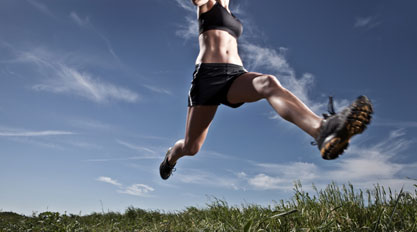


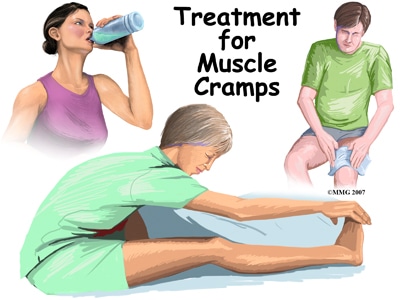
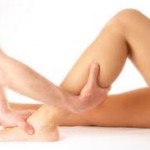
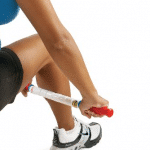
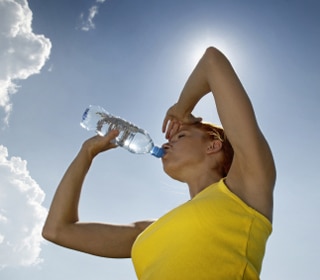
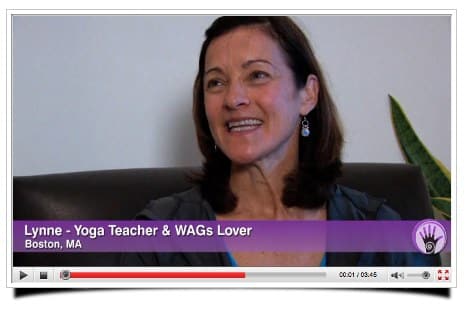
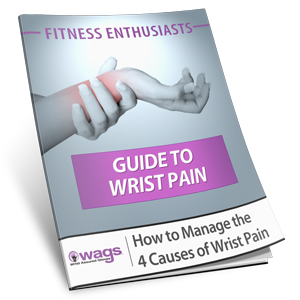

i have a severe muscle spasm from 8 years. i am 27 years old. it can be stopped. i used medicine for treatment but have low effect and not is a permanent treatment. now i am thinking that it is not a preventable disease.
Sometimes called charley horses — particularly when they are in the calf muscles — cramps are caused by muscle spasms, involuntary contractions of one or more muscles. In addition to the foot and calf muscles, other muscles prone to spasms include the front and back of the thigh, the hands, arms, abdomen, and muscles along the rib cage…*-..
Talk to you later <http://www.healthmedicinebook.com/index.php/
It’s not my first time to visit this web site, i am browsing this web site daily
and obtain nice data from here daily.